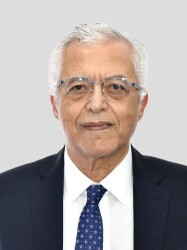BibTex format
@article{Aloysius:2009:10.1186/1479-5876-7-18,
author = {Aloysius, MM and Mc, Kechnie AJ and Robins, RA and Verma, C and Eremin, JM and Farzaneh, F and Habib, NA and Bhalla, J and Hardwick, NR and Satthaporn, S and Sreenivasan, T and El-Sheemy, M and Eremin, O},
doi = {10.1186/1479-5876-7-18},
journal = {Journal of Translational Medicine},
title = {Generation in vivo of peptide-specific cytotoxic T cells and presence of regulatory T cells during vaccination with hTERT (class I and II) peptide-pulsed DCs},
url = {http://dx.doi.org/10.1186/1479-5876-7-18},
volume = {7},
year = {2009}
}

